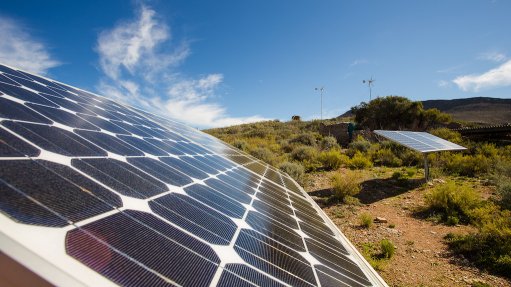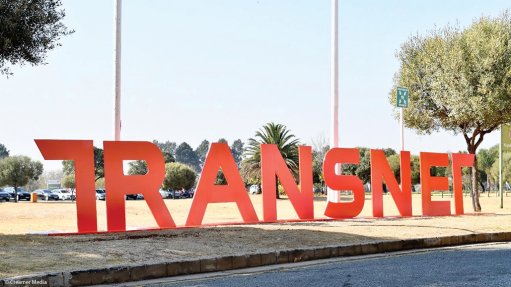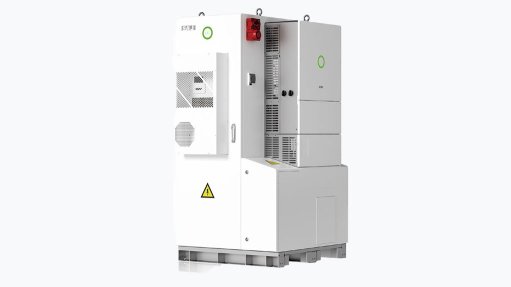Investing in the Agricultural Value Chains Africa can Bank on
This article has been supplied and will be available for a limited time only on this website.
By Louis van Ravesteyn, Head of Agribusiness: Business and Commercial Banking, Standard Bank Group
A soybean harvested in Mpumalanga today moves through a value chain more structured than it was a decade ago. It travels from farm to storage through coordinated channels, often under the oversight of commercial offtakers with long-term supply relationships. Crushing plants are structured around scheduled throughput, aligned with feed manufacturers forecasting demand across poultry and livestock producers. Behind that coordination sits a network of processors, traders, and input suppliers – each responding to signals shaped further downstream.
The farmers at the start of this chain are no longer producing in isolation. Many plant against forward contracts or operate within supply programmes structured by buyers requiring predictability. The timing of input finance, the structure of repayment, and the terms of insurance are all designed around this broader system. And while not every grower is integrated into such models, it is increasingly clear where capital is most efficiently deployed: the value chains that maintain alignment with production, processing, and sale.
Agricultural value chains across Africa are undergoing similar structural shifts.
In some markets, production is being organised through coordinated input delivery and shared infrastructure. Elsewhere, aggregation is being formalised around central hubs that align supply with scheduled procurement. As these models take shape, the conditions for extending finance are shifting as well. According to the African Development Bank, agriculture already accounts for more than a third of the continent’s GDP and supports over half its workforce. Under strengthened investment conditions, its value could exceed $1 trillion by 2030. Yet formal lending – through commercial banks, development finance institutions, and non-bank financial providers – meets just 16% of the sector’s financing demand in sub-Saharan Africa.
Closing this financing gap will not be achieved by extending more credit to individual producers in isolation. What is required is a shift in the logic of capital deployment, one that recognises risk through the lens of interdependence and locates financial value within systems of coordination.
Finance must move with the grain of production – not outside it – and be embedded in the structured flows that govern how agricultural goods are grown, moved, processed, and sold. The most resilient financing approaches are anchored in value chains, particularly those coordinated by strong corporate or commercial offtakers. Where procurement is centralised and transactional flows are traceable, banks can better align credit with the operational realities of the chain. These models create space for structured engagement, allowing financial institutions to extend capital against performance indicators embedded in procurement schedules and settlement systems.
Within this architecture, several financing tools have proven effective.
Asset finance remains widely adopted, particularly for machinery, irrigation systems, storage facilities, and logistics – where the financed asset itself serves as security. Additionally, seasonal production is better served by agricultural input loans structured around the crop cycle, typically supported by crop insurance and pre-contracted offtake agreements. Trade and commodity finance instruments also hold significant utility when deployed in closed-loop ecosystems, often under collateral management agreements where the underlying commodity provides enforceable security. For more trade-oriented players, import and export loans are a key enabler.
The objective is to support the emergence of durable, investable agricultural systems. Commodity cycles will persist, but value chains shaped by demand and held together by structured partnerships are better positioned to remain relevant across shifting macroeconomic conditions. That is where long-term agri-finance finds its footing.
But value chain stability is not only a matter of volume and coordination. Increasingly, it depends on the system’s capacity to absorb climate disruption and maintain productive viability across seasons.
Farmers are facing overlapping weather extremes – floods, frost, hail, wind, and heat stress – occurring within shorter timeframes and disrupting both production rhythms and the financial structures built around them. Financing climate resilience requires an investment logic attuned to uncertainty over time. Some interventions, like solar energy systems, eventually recover their cost, but depend on upfront capital and system-level integration. Others, such as regenerative soil practices, take longer to yield measurable returns and must be sustained across multiple growing cycles.
In response, financial institutions are experimenting with mechanisms that can accommodate greater variability and longer timelines. Some are building blended models that combine concessional and commercial capital to improve affordability at scale. Others are using transaction-level data – on input timing, yield trends, and settlement behaviour – to refine credit assessments and align financing more closely with production dynamics.
These responses are accompanied by a shift in internal posture. Climate considerations are moving beyond sustainability desks and into the core of credit governance, prompting banks to rework risk models, product criteria, and approval structures. Financing is also being sequenced more deliberately: institutions are structuring entry points that match a farmer’s operational maturity, beginning with lower-exposure interventions and scaling with proven performance. There is growing effort, too, to monetise environmental outcomes. Carbon measurement frameworks are being established to support participation in emerging credit markets, while green bonds and other thematic vehicles are expanding the pool of capital available for climate-aligned investment.
The more these capabilities take hold, the more capital begins to respond to structure, not scale. But African agriculture does not only need more capital – more urgently, it needs financial vehicles able to recognise and reinforce the systems through which it already functions. That means structuring finance to operate across entire value chains, where commercial viability at one end depends on productive continuity at the other.
Comments
Press Office
Announcements
What's On
Subscribe to improve your user experience...
Option 1 (equivalent of R125 a month):
Receive a weekly copy of Creamer Media's Engineering News & Mining Weekly magazine
(print copy for those in South Africa and e-magazine for those outside of South Africa)
Receive daily email newsletters
Access to full search results
Access archive of magazine back copies
Access to Projects in Progress
Access to ONE Research Report of your choice in PDF format
Option 2 (equivalent of R375 a month):
All benefits from Option 1
PLUS
Access to Creamer Media's Research Channel Africa for ALL Research Reports, in PDF format, on various industrial and mining sectors
including Electricity; Water; Energy Transition; Hydrogen; Roads, Rail and Ports; Coal; Gold; Platinum; Battery Metals; etc.
Already a subscriber?
Forgotten your password?
Receive weekly copy of Creamer Media's Engineering News & Mining Weekly magazine (print copy for those in South Africa and e-magazine for those outside of South Africa)
➕
Recieve daily email newsletters
➕
Access to full search results
➕
Access archive of magazine back copies
➕
Access to Projects in Progress
➕
Access to ONE Research Report of your choice in PDF format
RESEARCH CHANNEL AFRICA
R4500 (equivalent of R375 a month)
SUBSCRIBEAll benefits from Option 1
➕
Access to Creamer Media's Research Channel Africa for ALL Research Reports on various industrial and mining sectors, in PDF format, including on:
Electricity
➕
Water
➕
Energy Transition
➕
Hydrogen
➕
Roads, Rail and Ports
➕
Coal
➕
Gold
➕
Platinum
➕
Battery Metals
➕
etc.
Receive all benefits from Option 1 or Option 2 delivered to numerous people at your company
➕
Multiple User names and Passwords for simultaneous log-ins
➕
Intranet integration access to all in your organisation


















